- Home
- Chrome Games
- Geometrical Dash
Geometrical Dash
Other Dinosaur Games

Dino Game
Chrome Games, Dinosaur Games, Jumping Games, Running Games, Browser Games
Play
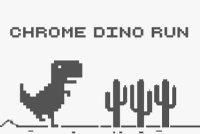
Chrome Dino Run
Chrome Games
Play

Santa T-Rex Run
Chrome Games, Dinosaur Games, Jumping Games, Running Games, Browser Games
Play
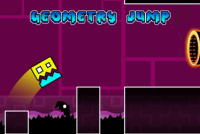
Geometry Jump Game
Chrome Games
Play

Dino Go
Chrome Games, Dinosaur Games
Play
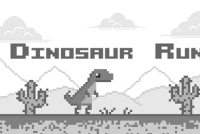
Dinosaur Run
Chrome Games, Dinosaur Games, Jumping Games, Running Games, Browser Games
Play
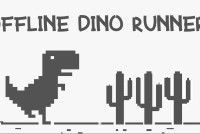
Dino Game Offline
Chrome Games, Dinosaur Games, Jumping Games, Running Games, Browser Games
Play
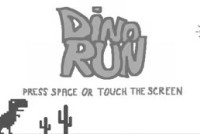
Dino Run
Chrome Games, Dinosaur Games, Jumping Games, Running Games, Browser Games
Play

DuckPark.io
Chrome Games
Play
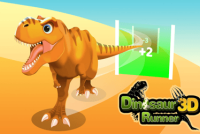
Dinosaur Runner 3D
Chrome Games
Play

MechDinosaur
Chrome Games
Play
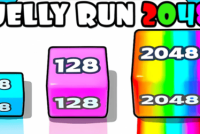
Jelly Run 2048
Chrome Games
Play
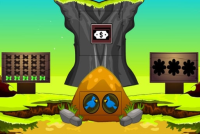
Dino Rescue
Chrome Games
Play

Dinosaur Endless
Chrome Games
Play

Dinosaur Game Offline
Chrome Games, Dinosaur Games, Jumping Games, Running Games, Browser Games
Play

Kogama: Longest Stair
Chrome Games
Play

Monster Rush Game
Chrome Games
Play

DinoMatch: Mahjong Pairs
Chrome Games
Play

Dino Squad Adventure 2
Chrome Games
Play

Dino Fossil
Chrome Games, Running Games
Play
Categories & Tags
Gameplay Elements: Challenges and Obstacles of the Game Geometrical Dash
Geometrical Dash is an exciting and fast-paced platformer that tests your reflexes, timing, and patience. With its vibrant graphics and challenging levels, the game has become a favorite for players who enjoy pushing their skills to the limit. Here's a deep dive into the gameplay elements and the various challenges or obstacles you’ll encounter in Geometrical Dash.
Core Gameplay Elements of Geometrical Dash
In Geometrical Dash, players control a small geometric shape as it moves through a series of increasingly difficult levels. The primary goal is to navigate your shape to the end of each level without crashing into any obstacles. The game is known for its rhythmic gameplay, where the music often syncs with the movement of the obstacles, creating a uniquely immersive experience.
Challenges and Obstacles in Geometrical Dash
Spikes and Sawblades: One of the most common obstacles in Geometrical Dash is the spike. These sharp, triangular hazards are strategically placed throughout levels, requiring precise timing and jumps to avoid them. Sawblades, which can be stationary or moving, add another layer of danger and often appear in rapid succession, testing your ability to stay focused.
Moving Platforms: Moving platforms introduce complexity by altering the timing of your jumps. These platforms can move horizontally, vertically, or even in both directions. Some levels may require you to jump between multiple moving platforms in quick succession, making it essential to master your timing.
Gravity Flips: Gravity flips are a signature feature of Geometrical Dash that adds an extra twist to the gameplay. When you hit a gravity switch, the direction of gravity changes, causing your shape to move upside down. This mechanic requires you to quickly adapt to the reversed controls and anticipate obstacles from a different perspective.
Speed Changes: As you progress through the levels, the speed of your shape may increase or decrease suddenly. These speed changes can catch you off guard, especially when combined with other obstacles. Learning to adjust your reactions to these speed shifts is crucial for advancing in the game.
Jump Pads and Jump Rings: Jump pads and jump rings provide a way to boost your shape into the air, often over large gaps or groups of obstacles. However, these boosts can sometimes propel you into new hazards if not timed correctly. Understanding how these elements affect your trajectory is key to mastering the game.
Tight Spaces and Timing: Many levels in Geometrical Dash feature tight spaces that require precise movements to navigate. These narrow gaps between obstacles often require perfect timing and positioning, making them some of the most challenging parts of the game.
Complex Patterns: As you advance to higher levels, the obstacles start to form complex patterns that are difficult to predict. These patterns may involve multiple elements like moving platforms, gravity flips, and spikes all at once. Memorization and quick reflexes are essential for overcoming these intricate challenges.
Portal Transitions: Portal transitions in Geometrical Dash can change the gameplay dynamics dramatically. When you pass through a portal, your shape may transform, altering its movement or abilities. For example, you might turn into a rocket that can fly, or a ball that rolls and bounces. Each transformation comes with its own set of controls, adding variety but also increasing the difficulty.
Discuss: Geometrical Dash
Play New Games
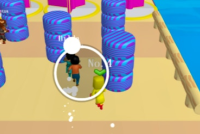
Run Royale Knockout
Jumping Games
Play

Blox Obby
Dinosaur Games
Play

Double Cubes
Running Games
Play

Escape from Aztec
Browser Games
Play

Escape Heroes
Dinosaur Games
Play

Roller Coaster
Jumping Games
Play
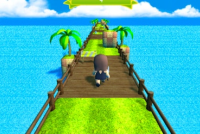
Toon Infinite Runner
Browser Games
Play
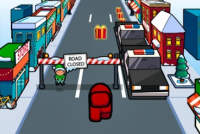
Christmas Imposter Run
Chrome Games
Play

Shortcut Run
Jumping Games
Play

2048 Cube Run
Running Games
Play
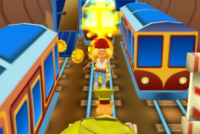
Train Surfers
Chrome Games
Play
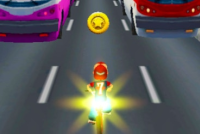
Bike Blast
Dinosaur Games
Play
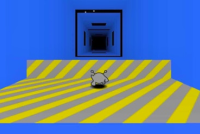
Run 3
Running Games
Play

100 Metres Race
Browser Games
Play

Rabbids Wild Race
Dinosaur Games
Play
Hyper Pixel
Jumping Games
Play

Challenge the Runners
Browser Games
Play

Super World Adventure
Chrome Games
Play

Spider Swing Manhattan
Jumping Games
Play

Fallingman.io
Running Games
Play
